Food For Thought: Water and the Winter Salad Bowl
A couple of weeks ago I had an amazing opportunity to tour three different farms, meet the farmers who run them and learn about how they grow their produce and use water efficiently. The California Farm Water Coalition took me and three other wonderful bloggers through the farming areas of Imperial Valley and Coachella to learn about where our produce comes from and share all this knowledge with you, our readers! I had a fabulous time getting to know Kim from LivLife, Priscilla from She’s Cookin’ and Jeanne from The Jolly Tomato. I gained a wealth of information that I will share with you in two posts, the first being this one: “Winters Salad Bowl”.
Our first stop was a family farm in the Imperial Valley where J.P. LaBrucherie explained the different irrigation methods used in the area and where the water comes from. The Imperial Valley and Yuma Valley are often referred to as Winters Salad bowl because they provide 60% of the produce for the entire country in the winter. A majority of this goes into the food service industry (restaurants, schools, etc.).
Most of the farms in California are family owned and have been running for generations. Some farms package and label their own produce but J.P.’s family focuses on the growing only and have 3,500 acres of vegetables consisting of iceberg, romaine, spinach, carrots, onions, sugar beets and broccoli.
J.P. says they grow what they do because, “It is market driven. The consumer drives the market and we grow what they demand.” For example, romaine lettuce has far surpassed the demand for iceberg over the past several years. And have you noticed the greater appearance of kale on your grocery store shelves lately?
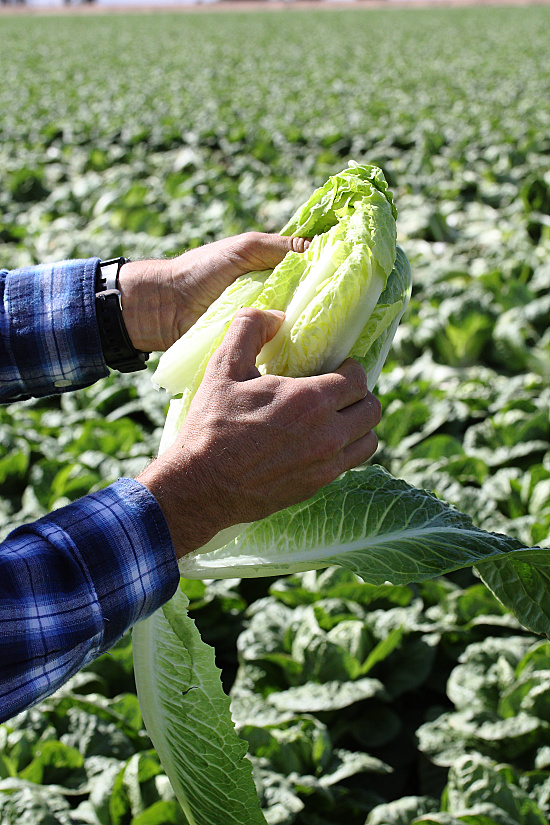

The outer leaves of the romaine hearts are removed when harvested and left behind to mulch in the field.
The Imperial Valley primarily uses two different types of irrigation – furrow and sprinkler, depending on the crop that is being grown. Furrow irrigation is accomplished by creating rows of small hills and valleys (furrows) and the water flows down the furrows to water the crops at the base and root of the plant. This is effective for crops like romaine lettuce where sprinkled water would collect in the leaves and not make it to the roots. Sprinkler irrigation is a more efficient choice for a crop such as spinach where there are many small plants in an area that needs to be covered more evenly.
You may have heard that California has been facing a serious drought. You may not think of this as a big deal if you don’t live in the Golden State but it could make a big impact on the availability and price of produce in your local grocery store. Farmers have an economic incentive to make the most efficient use of water but we are facing the biggest drought we’ve seen in the past 100 years. “Nearly 500,000 acres of farmland will lay fallow this year,” estimates Mike Wade from the California Farm Water Coalition.
Efforts are constantly being made to use water more efficiently but it is important to note that without it, we would not have food to feed ourselves and feed animals used for food. Touring the lettuce fields really brought a sense of closeness to the food we eat – the kind you don’t get when you pick it up at the store.
Want some more information on the drought in California and its effect on agriculture? Check out this interview with Mike Wade on Bloomberg TV and this article from the San Jose Mercury News. You can also find more information on water and agriculture from the California Farm Water Coalition.
Want to learn more about our tour? Check out this article from the Imperial Valley Press.
Next up is a visit to the citrus grove!


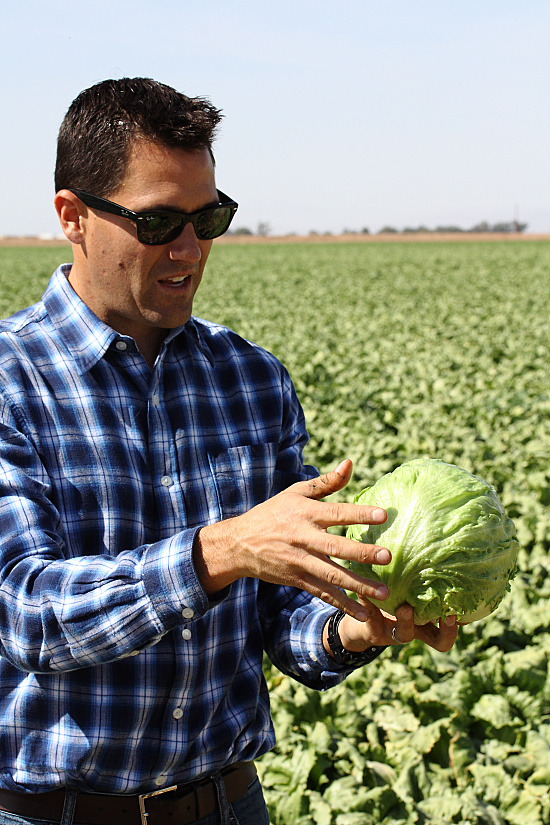
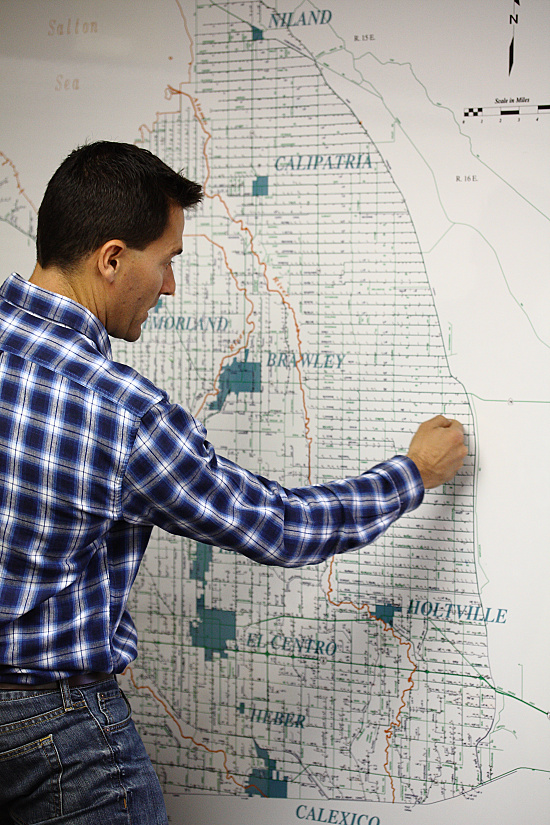
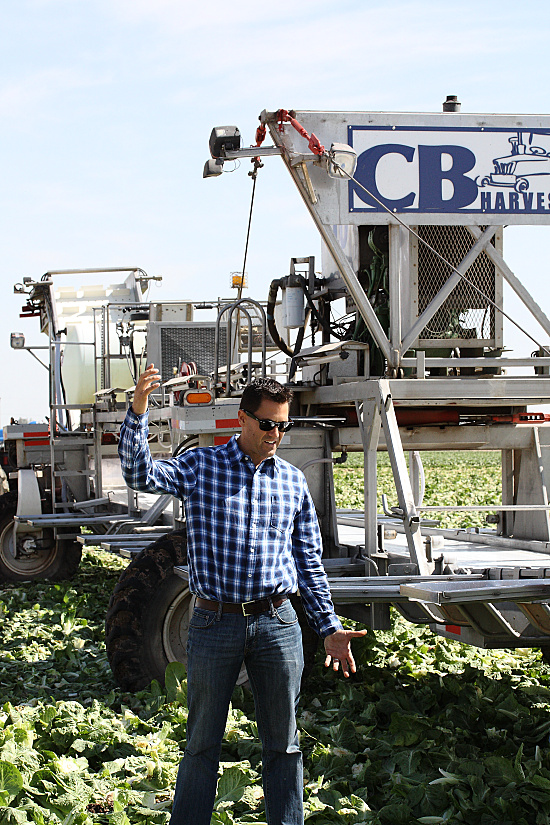
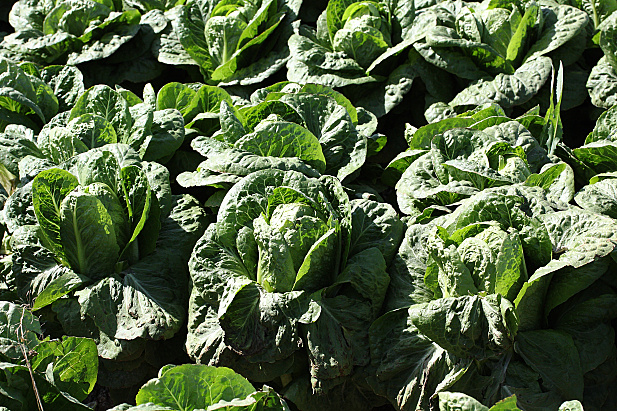
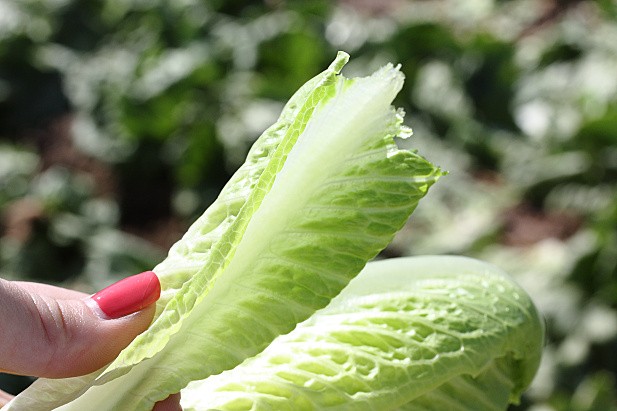
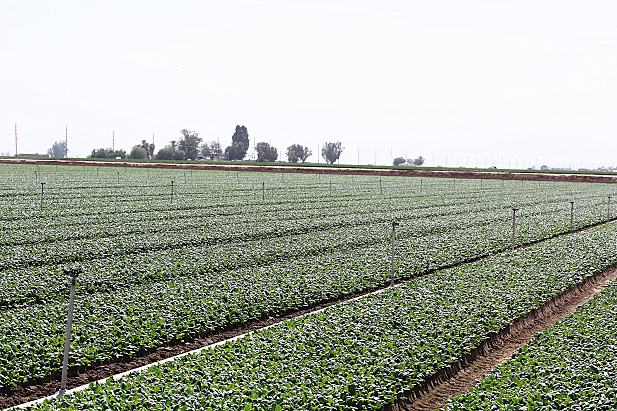
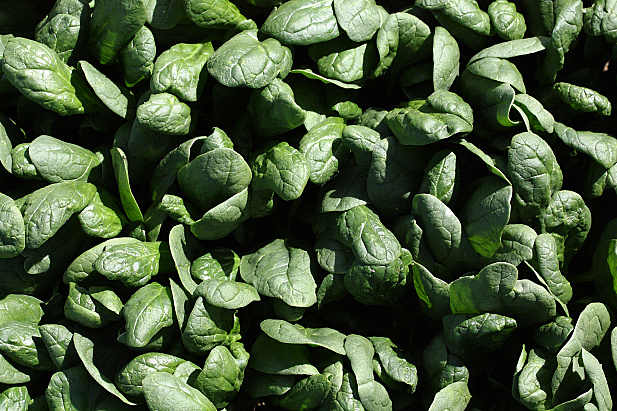
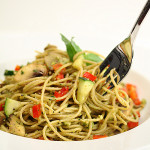
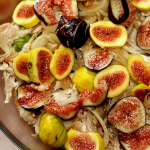






What an amazing few days!! I’m still processing all of the information we were exposed to. Great photos! I’m looking forward to the next segment!
I had a great time with you, Kim! I’m still processing all the information we learned too and probably will be for a while.
Wow- interesting fact about this area providing 60% of produce for entire country in winter! People tend to relate to the coast of California, rather than what happens in the inland agricultural part. Last September, we drove through the Central Valley and saw the area that was the setting for ‘Grapes of Wrath.’
Fran, so glad you got the opportunity to see more than just the “coast”. I don’t think most people realize how big agriculture is in this state.